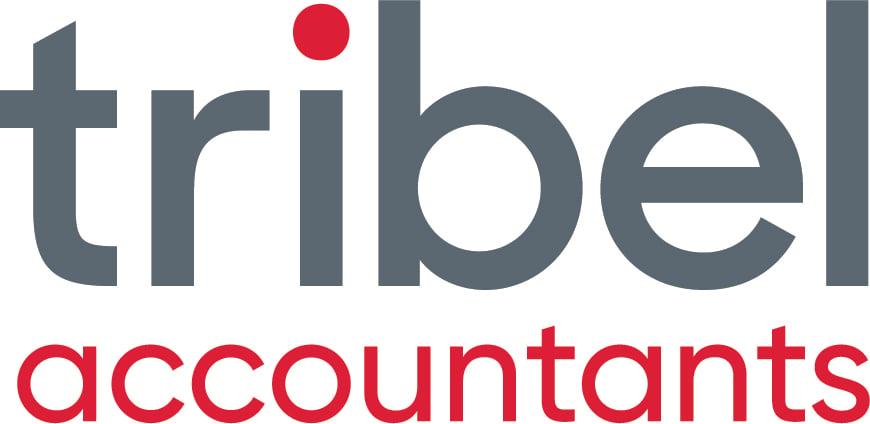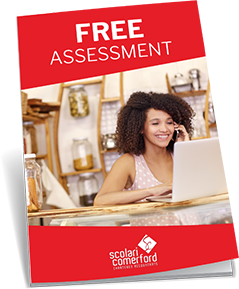INTRODUCTION:
It's not uncommon for a small business accountant when assessing a performance of business to query the effectiveness of its marketing. Business owners will spend thousands of dollars hoping for the magic cure to increase leads and sales when in reality they haven't done their homework with the information sitting right there in front of them.
I'm talking about the concept of buyer persona.
Inbound marketing specialist Hubspot explains that buyer personas are fictional, generalised representations of your 'perfect' customers. Until you actually understand these personas, you are more than likely going to spend a lot of money than you needed to trying to acquire and retain customers that will fuel your business growth.
What then is a buyer persona?

Figure 1: Understand your buyer persona and your marketing and sales team will be singing.
1. Why Is A Buyer Persona So Important?
Sitting down and working out your buyer personas will help you understand what your existing and future customers are looking for when it comes to what you are selling. This makes it easier to:
- tailor your marketing content; and
- product development and services;
to your customer needs, behaviours and concerns.
Just as you can develop a picture or pictures of your ideal customers, a 'negative' persona can be helpful so that you can easily identify those that don't need your product or service. How does this help? Well you don't want to be wasting time and money trying to sell to people who are not your target market.
2. How Do You Use Personas In Marketing?
Having a clear picture of which customers will buy which products and where, will allow you to target your content marketing to them specifically at a fraction of the cost. Each different segment will receive a different marketing message specific to them.
For example, your customers might look like those in small business that have turnover levels of $2,000,000 to $100,000,000 with a minimum of 5 employees. They might be from anywhere in NSW or they might be confined to a city or region.
If you run ads on Google or Facebook, having this information at your fingertips means that you can hone in on your audience much more cheaply than trying to use a scatter gun approach. In fact this information is critical in any type of marketing medium if you want to get more leads at a cheaper rate (your key measurement of effectiveness will be 'cost per lead'). This will also impress your small business accountants Sydney & Dubbo!

Figure 2: Having the right ad in the right publication makes a very big difference to leads coming in.
3. How Do You Create These Personas?
To create these you need to do research, interviews and surveys of your target audience.
You can obtain extremely useful 'intel' about your customers and target market by:
- going through your existing customers in your database and identifying trends and patterns such as where they live, age, what they buy, and how they found you;
- creating forms on your website that capture this type of information;
- getting feedback from your sales team;
- interviewing your customers and prospects; and
- using free tools from companies like Hubspot & business advisors Sydney.
4. Where Do You Find Interviewees?
Well, the best ones are those that have already purchased your product or service. Use a survey that will give you information about why they like dealing with you, what problems you solved and what they don't like.
You should still seek out prospects though to find out why they aren't with you. This may require offering some sort of incentive or free gift in exchange for their time and information.
CONCLUSION:
How does your marketing really perform and are you advertising in the right places?
Sitting down with a buyer persona template and identifying key characteristics will improve your content and reach which will then have a roll on effect so that you can continue to spend money in the right places to get more sales and ultimately more profits.
Should you advertise? Well yes - but only if you have an idea of your buyer persona.


.png?width=100&height=100&name=COVID_Safe_Badge_Digital%20(002).png)




